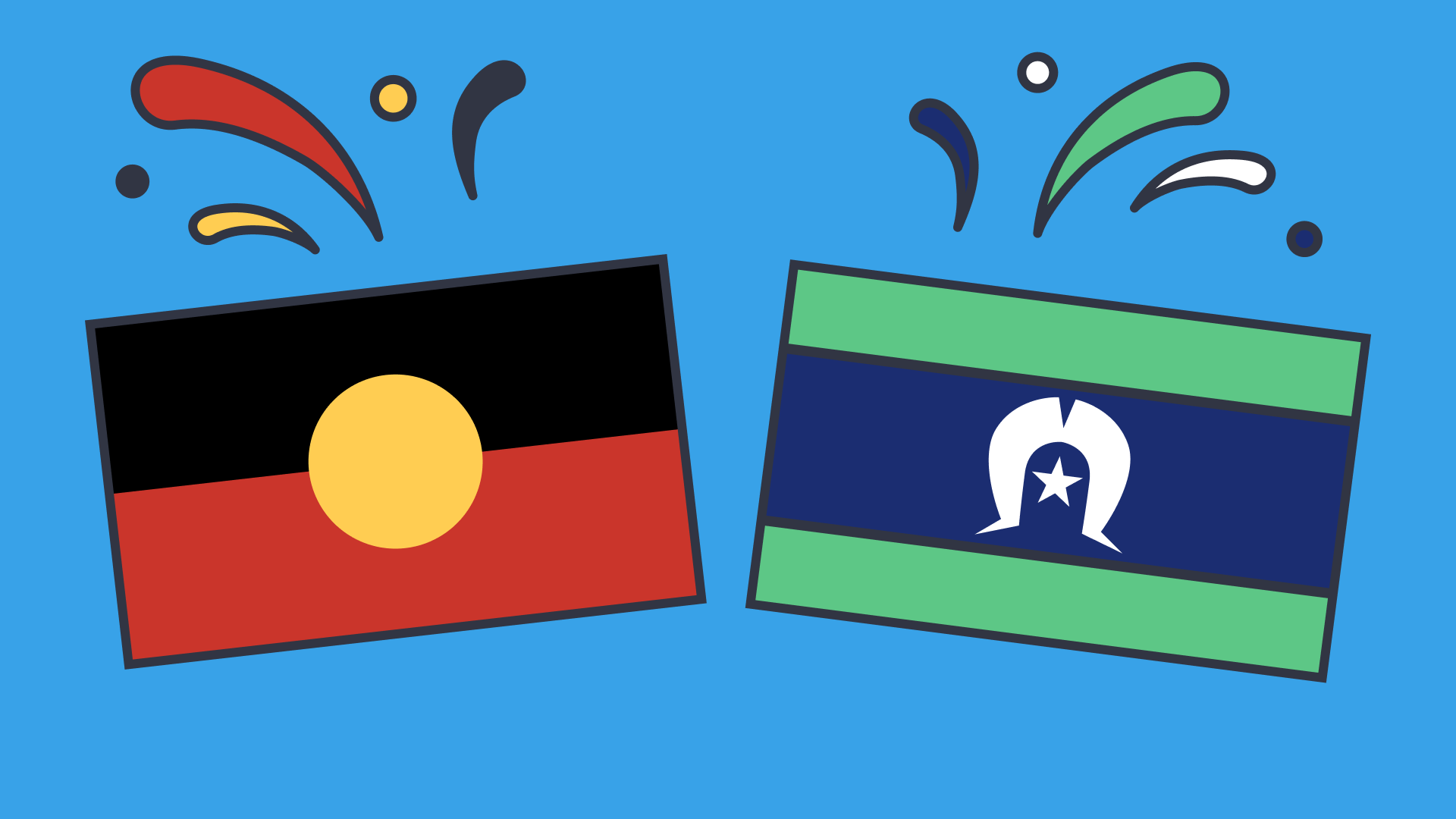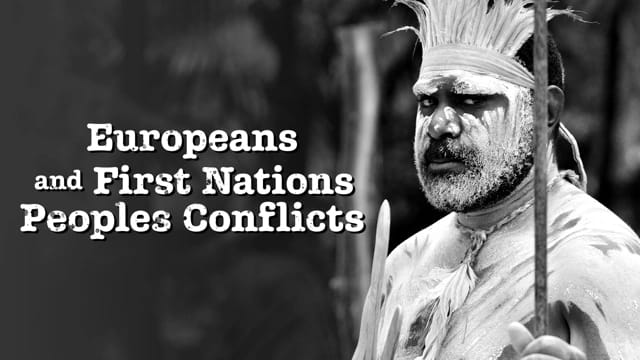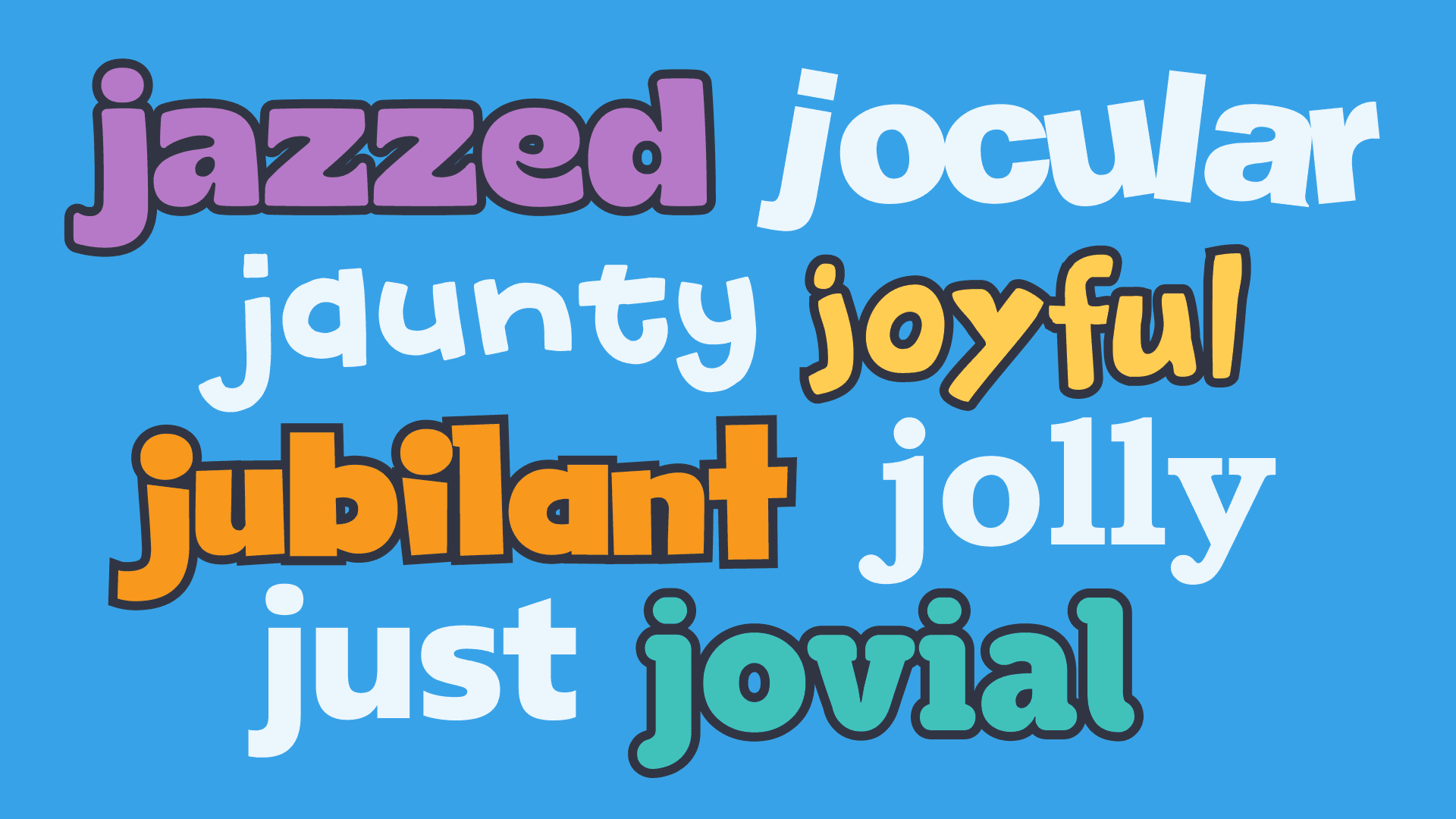Exploring Indigenous art and culture: Engaging lessons for NAIDOC Week
In this guide
Understanding the significance of NAIDOC Week
NAIDOC Week raises awareness of First Nations history and how we can move together as one country into the future.
NAIDOC (National Aborigines and Islanders Day Observance Committee) can trace its origins back to the 1920s when Indigenous Australians first began their organised fight to increase awareness about the rights and treatment of their people in their own country.
Held annually in the first week of July, the week celebrates Aboriginal and Torres Strait Islander people, their culture and achievements.
Teaching Aboriginal and Torres Strait Islander History can be challenging for many teachers as it can be a sensitive and complicated area. It can also be tricky to appropriately amalgamate this celebration into an already demanding workplace and curriculum!
I have written this blog with busy teachers in mind so that you can pick and choose the topics and activities that will best suit your students depending upon the age, ability and interests of your cohort (there are also different length activities and ideas depending on your time constraints!).
I hope you find something in there that will spark understanding and enjoyment for your students!
Exploring First Nations art and storytelling traditions
Art
To ensure your students have a foundation of knowledge concerning the style and importance of traditional Indigenous art try watching Uluru.
This video explores the importance of Aboriginal art, the mediums that were used in its creation and how and why they are protected today.
You could also move your class away from the stereotypical dot painting genre to more modern First Nations Art.
How have Aboriginal people changed their painting styles for a more modern audience whilst still remaining true to their culture’s traditional mediums, style and roots?
Storytelling

Is a very important part of First Nations culture as the oral history is integral to the passing on of histories, cultural knowledge and beliefs.
Try exploring the following resources depending upon the age, ability levels and interests of your students.
- Grandpa Ant Storytelling is a variety of short Indigenous Australian stories told to your students by their narrator – Grandpa Ant.
- Spread the Word is a comedy form series of stories which introduces young audiences to fun words in Indigenous languages that they never knew they needed.
- First Nations Bedtime stories is also a great resource as students can explore the familiar genre of bedtime stories but through the lens of Aboriginal Australians.
Or, if your cohort would respond more positively to something more serious try This Place where different authors share their stories about different nations and sites around Australia and their importance to their local people.
Songs
Are another way of engaging your cohort this NAIDOC week. Why not try…
- Exploring the diverse history of Aboriginal dance and music?
- You could also engage with Yarrabill and have your students learn new words and vocabulary through songs in the Gooreng Gooreng, Noongar, Dharug, Meriam Mir, Gunditjmara and Kaurna languages.
- Or get your students up and moving mob style with these easy and modern follow along dance routines by young Aboriginal and Torres Strait Islanders youth.
Lessons on First Nations history and heritage
It is important that we learn about our past so that we can change our future to be one which is more inclusive and celebrates all Australians.
Consider the following areas depending upon your time constraints and the previous knowledge of and interests of your students.
Aboriginal and European Relations
Begin by exploring the initial contact between First Nations and European settlers.
Have students consider 1788 onwards from both points of view.
Mabo and First Nations Rights
The fight for Aboriginal Rights has been a long and contentious struggle for First Nations people as they moved from being categorised as something as insignificant as Flora and Fauna in their own country to being recognised as people in their own right and with their own rights.
Mabo became the face of Aboriginal Civil and Land rights and whilst he, unfortunately, died just 5 months shy of the landmark Sorry Day in 1992, his legacy lives on.
Mabo was the face behind many demonstrations and tent embassies which resulted in the Australian government being forced to acknowledge the past atrocities committed against First Nations peoples, and make amends.
Returning Land

The original notion of Terra Nullius resulted in the start of the displacement of First Nations people’s Australia wide.
It wasn’t until the landmark legislation Aboriginal Land Rights Act of 1976 that the first steps to restoring land to the original owners became a reality.
This piece of legislation allowed First Nations people to claim land through traditional association and led to the Northern Territory being the first of the Australian states and territories to recognise and return portions of land to their first, and original owners.
This was then followed some years later in 1993 by the Native Title Act which provided a legal framework for all Aboriginal and Torres Strait Islander peoples to advocate for and claim their traditional rights and lands.
Establishment of Indigenous Organisations
Establishment of organisations such as ANTAR (Australians for Native Title and Reconciliation) and AIATSIS (Australian Institute of Aboriginal and Torres Strait Islanders) support First Nations peoples with regards to their rights.
- AIATSIS
Advocates for Aboriginal and Torres Strait Islanders and focuses on legal and day to day support.
- ANTAR
Focuses on achieving First Nations rights as well as respect and justice for all Indigenous peoples.
Saying Sorry
The original face behind Sorry Day was former PM Kevin Rudd. Saying sorry might seem like a simple act but it was a major step forward in the reconciliation process for all Australians.
It recognised the struggles of First Nations peoples in their own country and forged a path towards reconciliation.
Acknowledgement of Country
The 2008 establishment of the Acknowledgement of Country has also assisted in the reconciliation process as it recognises traditional ownership of the lands in which we live and work.
Whilst some students might still struggle to understand the difference between Acknowledgement of Country and Welcome to Country this simple step has allowed the first steps towards Australia’s understanding of our past and how they affect and can impact our future as a unified country.
Constitutional Recognition
While we have certainly made great strides with regards to reconciliation in Australia, we still have a long way to go. Constitutional recognition for First Nations people is still severely lacking and the proposed 2023 referendum for establishing a body called the Aboriginal and Torres Strait Islander Voice was unsuccessful.
Hopefully, in future years, this blog is considered outdated as a new, fresh and more unified Australia emerges.
Hands-on activities to celebrate NAIDOC Week
‘The Rainbow Serpent’

- Have students watch the Aboriginal origin story ‘The Rainbow Serpent’.
- Discuss and explore the different concepts that are introduced during the story.
- You could simply have students compare and contrast an origin story that they are familiar with (Try The Big Bang, Adam and Eve or Pangu’s Egg) if you are short on time.
- If you have more time and are keen to get creative, have your students choose a medium and illustrate ‘The Rainbow Serpent’ in a way that they feel best represents the story as a single image.
Discourage sharing one another’s work until they are all completed and then have students view each other’s artworks.
Then explore the ways in which the same story has been approached and represented in different artworks.
This activity could even be expanded to be a classroom display or even a gallery show in the school hall with parent and community visitors welcomed!
First Nations Soldiers
While ill treatment and imbalance was still commonplace in their home country Aboriginal men still served alongside their European counterparts during Australian commitment to war.
Have students explore the topic through remembering First Nations soldiers before having them get creative.
- Students are to take a large A3 piece of paper each and divide it in three.
- Each of these sections is to represent what life was life for First Nations people during this time.
- Section one
First Nations people at peace with their lives in Australia.
- Section two
First Nations people and their mistreatment in Australia.
- Section three
First Nations people at war.
Encourage students to explore
- The three areas and formulate what representation they would like to undertake (instructions are deliberately vague in direction to encourage students to explore the topic and share different information with one another).
- Different mediums and colours for the three sections so as to best bring to life these three different ways of life.
- Have students explore classmates’ choices when they are finished and discuss the many different ways in which Aboriginal and Torres Strait Islander people lived during this period of Australian history.
Building respect and awareness through classroom discussions
Whilst you would hope that all students would be respectful and have at least a basic level of understanding about Aboriginal and Torres Strait Islanders, this topic area can be challenging depending upon your cohort.
The first thing I always do is ensure that I am aware of the First Nations students in the school and check in with other teachers to see whether their students celebrate or conceal their cultural heritage on a daily basis.
I also make sure that I am cognizant of students who may speak disrespectfully and preempt this topic of study with a class discussion about the need for respecting differences.
Consider the following topics:
1) Being culturally sensitive whilst enjoying First Nations art
- Watch Fake Art.
- Have students consider where and when they have seen this sort of fake art.
- Do you think there is a place for ‘fake’ art in the 21st Century?
- Have students articulate what has made them come to their conclusions on this topic.
- Have students explore authentic First Nations art and artists.
- This could be done by researching and exploring art specific to your local tribe or by researching generally for authentic Aboriginal art.
- Have students discuss how we can ensure that we are buying and supporting authentic First Nations artists.
2) Understanding Totems
- Explore Totems.
- Have students further research and explore the concept of First Nations totems in preparation for the following discussion areas;
- How is a totem chosen for a person?
- Are certain totems considered better or superior to others? Why or why not?
- How does that totem act as a guide throughout the person’s life?
- How are totems used, displayed and decorated in Aboriginal culture?
- Are totems unique to different tribal groups or how do they differ throughout Australia?
3) Explore what it means to be Aboriginal
Watch Being Aboriginal to allow students the opportunity to learn about modern day country and culture through the eyes of a First Nations person.
When you have finished:
- Discuss how this video has either confirmed or challenged their views of Aboriginality.
- Have students consider and record down what questions they might like to ask a First Nations person.
- Consider how these questions could be (accurately and sensitively!) answered.
Could your school:
- Send these questions to your local group or Elders?
- Organise a visit from a local group member?
- Or simply research the answers?
You can extend this activity and develop student research skills by challenging them to examine if there are any further or outstanding questions remaining and who could you ask for the answers?
NAIDOC Week celebrations will also be happening in your local community so don’t forget to check out what local groups are doing and advertise these events to your students! If you have the time, you could also link your students’ learning to First Nations connection to Culture and Place, the significance of Sorry Day and/or Reconciliation, or even broaden your student knowledge through learning about First Nations Histories and Cultures. Keep your eyes on the Indigenous Government Sites, AITSIS and Australians Together so your information is as relevant and up-to-date as possible at the time of teaching.

Alex Pearce
briefcase iconEditor
Alex has had an extensive career as a teacher in learning, leadership, curriculum development, special needs, mental health and skill development in young people. Alex creates and edits articles and units of work for ClickView.
Other posts
Want more content like this?
Subscribe for blog updates, monthly video releases, trending topics, and exclusive content delivered straight to your inbox.


















